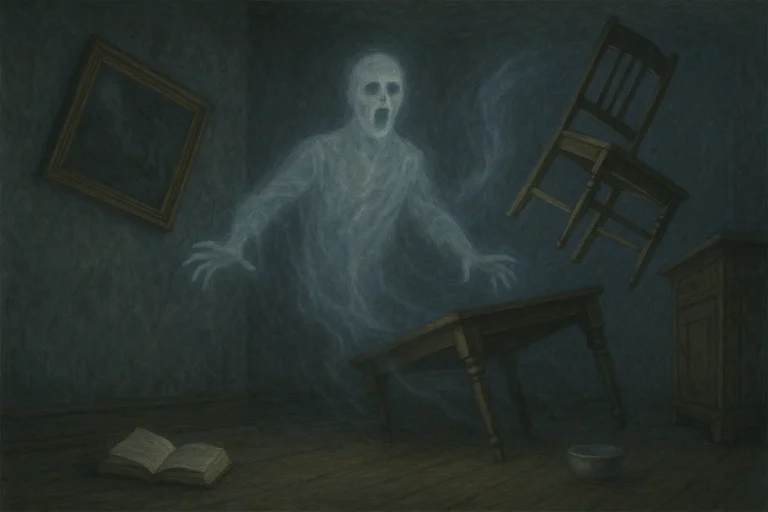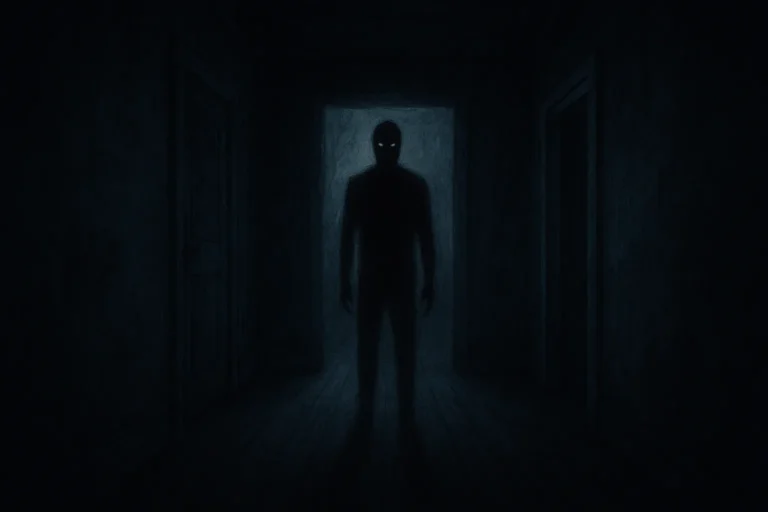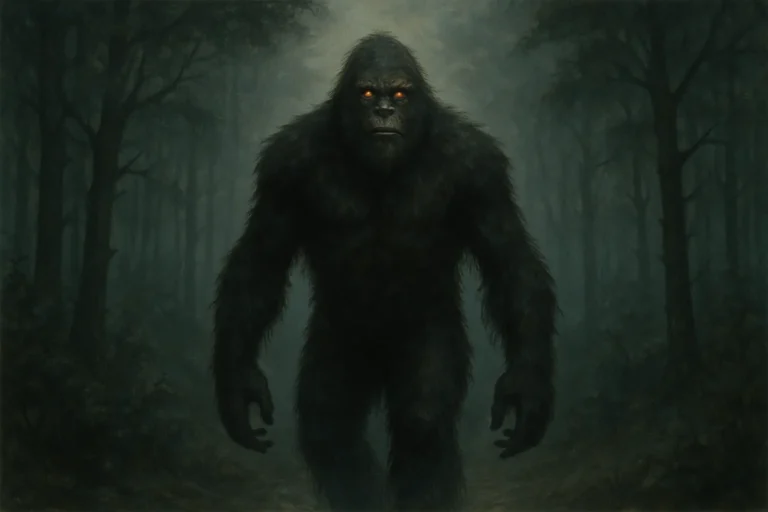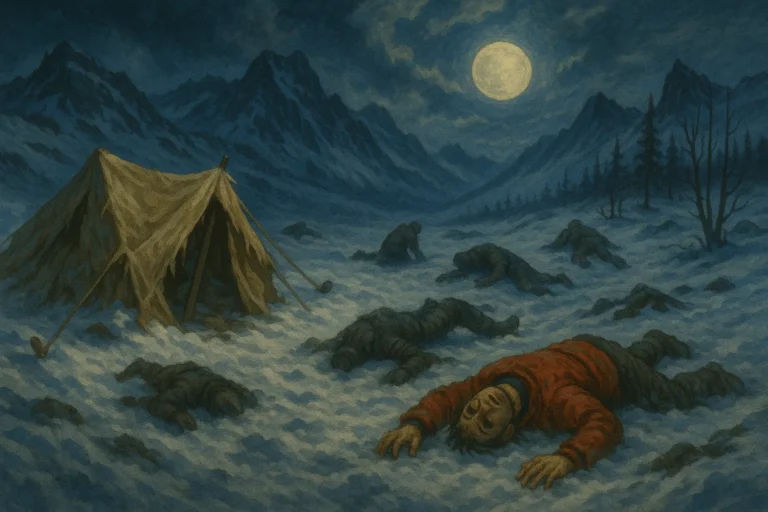The Loch Ness Monster: Secrets Beneath the Surface
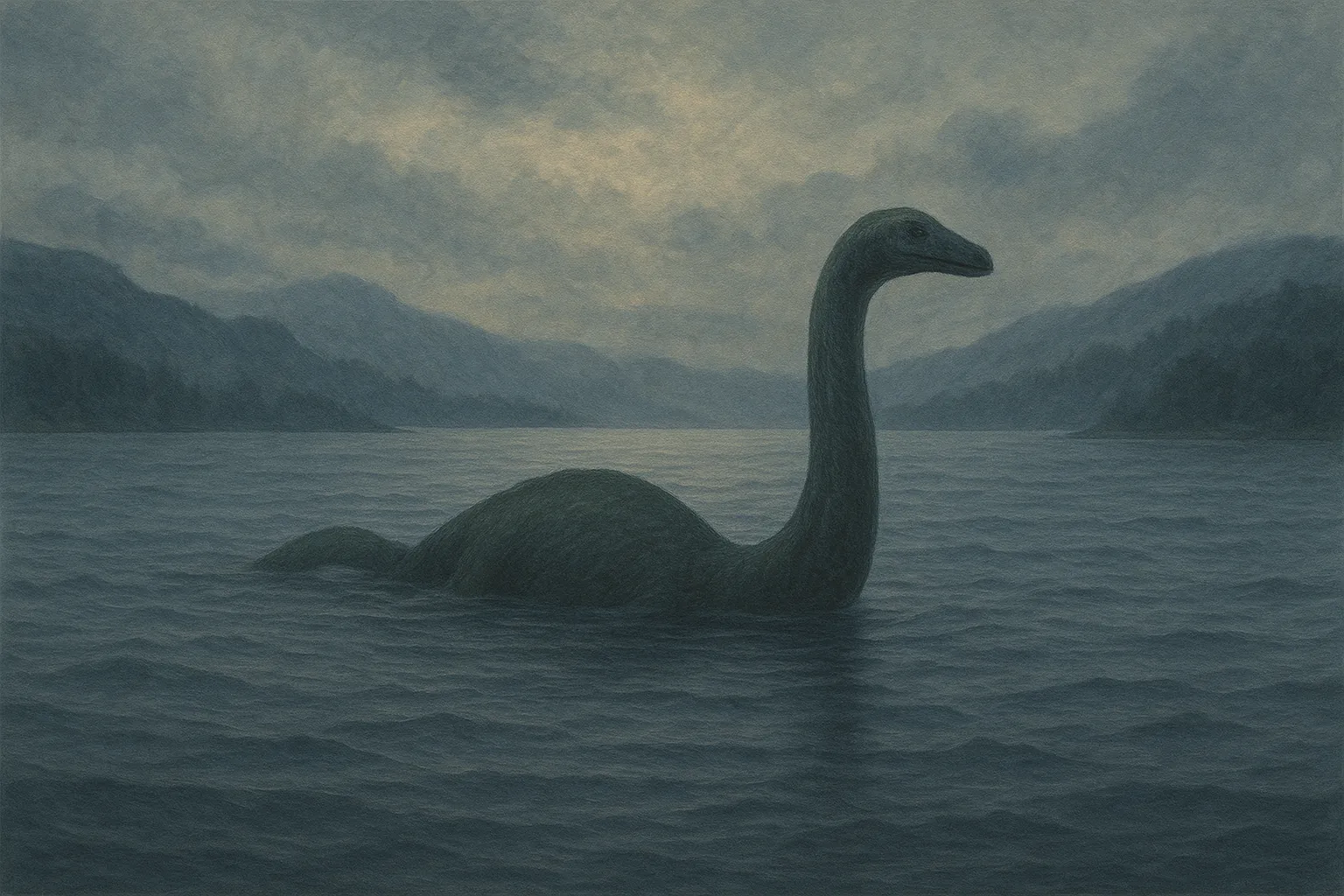
Scotland’s Loch Ness stretches long and dark through the Highlands, its waters cold, deep, and often cloaked in mist. It’s a place where history feels close — castles crumble on its shores, ancient forests stand watch, and something stirs beneath the waves. Or so the stories say.
The Loch Ness Monster, often lovingly nicknamed “Nessie,” is perhaps the world’s most famous lake monster. Descriptions vary, but she’s most often imagined as a long-necked creature with humps rising out of the water, something like a surviving plesiosaur. For nearly a century — and perhaps far longer — she’s been the center of fascination, debate, and tourism.
But is Nessie just a clever hoax? Or could there be something more to this legend than meets the eye?
📜 Echoes from the Past
Although modern interest in Nessie began in the 20th century, tales of strange creatures in Loch Ness go back much further. One of the earliest written accounts dates to 565 AD, in the Life of St. Columba. According to the story, Columba saved a man from being attacked by a “water beast” in the River Ness, which flows from the loch. Some dismiss the tale as religious folklore — but it’s still intriguing that even back then, people spoke of something dangerous lurking in the water.
Local legends have persisted through the centuries. Highlanders spoke of kelpies — shape-shifting water spirits — and large, serpentine creatures spotted in the loch. These stories were often passed down quietly, shared in whispers or over pints in the village pub. Then came the 1930s, and everything changed.
📸 The Surgeon’s Photograph and the Nessie Boom
In 1934, a photo appeared in the Daily Mail that would make Nessie a global sensation. Known as the “Surgeon’s Photograph,” it showed what appeared to be a long neck rising from the water, creating ripples in the still loch. It was grainy, black-and-white, and instantly iconic. For decades, this image defined what people thought Nessie looked like.
Years later, in the 1990s, the photo was revealed to be a hoax — a model attached to a toy submarine, according to one of the conspirators. Still, the myth had already taken root. By the time the truth came out, millions had visited the loch, hoping for a glimpse of the mysterious monster.
The Loch Ness Monster had transcended the photo that launched her into stardom. And people weren’t just imagining things — they were continuing to see her.
🌊 Sightings and Sonar
Over the years, there have been hundreds of reported sightings of Nessie. Some describe a single large creature, others report multiple humps moving rhythmically through the water. Many are dismissed as logs, waves, or misidentified animals. But others? Not so easy to explain.
In 1954, sonar operators on a fishing boat detected a large object moving beneath them at a depth of 480 feet. It followed the boat for several minutes. Similar sonar hits have been recorded over the years — large, moving objects that seem too big to be fish, and too deep to be debris.
Then in 2000, a BBC investigation using 600 sonar beams scanned the loch with advanced equipment. They found no evidence of a monster. But critics argue that a single scan might miss a creature that rarely surfaces.
And the sightings haven’t stopped. In fact, the Loch Ness Centre keeps a live log of reported encounters. Just in recent years, tourists and locals alike have shared videos and photos of unexplained disturbances in the water. Some are likely just wind or animals. Others… well, they leave room for wonder.
🔬 Science Dives In
In 2019, a team of scientists from New Zealand conducted an environmental DNA (eDNA) survey of Loch Ness. They collected hundreds of water samples and tested for all traces of life. No DNA from large reptiles or unknown species was found — but they did detect a significant amount of eel DNA.
One theory suggests that Nessie sightings might actually be of giant eels. And yes, European eels can grow quite large — sometimes over 4 feet — but not monster size. Still, in the murky water, a large eel twisting near the surface might look surprisingly serpentine.
Professor Neil Gemmell, who led the study, concluded there was no evidence of a prehistoric monster in the loch. Yet he also acknowledged something important: “People love a mystery. We’ve not disproved that a monster exists — we’ve just tested one hypothesis about what it might be.”
The eDNA study results were widely covered, but didn’t end the debate. If anything, they sparked new discussions. If Nessie’s not a plesiosaur or giant eel, what is she?
🏞️ More Than a Monster
Part of the magic of Nessie isn’t just the creature herself — it’s Loch Ness. The loch is enormous, stretching over 22 miles and plunging to depths of more than 750 feet. Its waters are dark with peat, reducing visibility to almost nothing. If you were going to hide a creature, you could hardly ask for a better place.
Nessie has become more than a cryptid. She’s a cultural icon, a symbol of Scotland’s wild beauty and enduring mystery. The small town of Drumnadrochit thrives on monster tourism, with a museum, boat tours, and gift shops all dedicated to the legend. Children grow up hearing tales of the loch’s mysterious resident, and many visitors leave secretly hoping for their own encounter.
Even skeptics often admit they want to believe. And maybe that’s the heart of it — the idea that the world might still contain a little wonder.
🌫️ The Mystery Remains
Is there a creature living in the shadowy depths of Loch Ness? Or have we created one in our collective imagination — a reflection of our desire to find the unknown just beyond our grasp?
Sightings come and go. Theories rise and fall. But the loch remains, quiet and unfathomable, waiting. Maybe the next ripple on the water will be just a breeze. Or maybe, just maybe, it’ll be something far more ancient, rising for a moment to remind us that the world still holds secrets.
Until then, we watch the surface — and we wonder.

